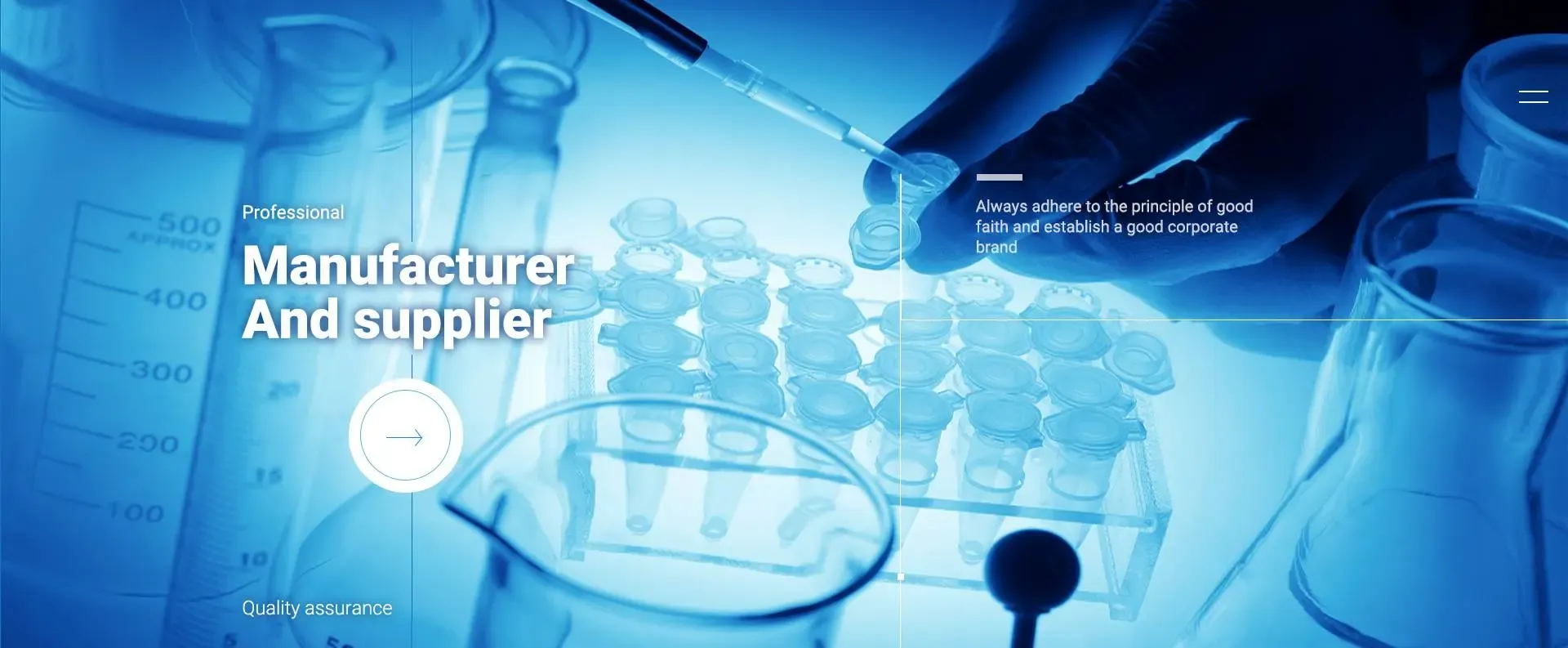



Sodium Hydroxide Production Methods and Applications in Industrial Chemistry
Synthesis of Sodium Hydroxide An Overview
Sodium hydroxide (NaOH), commonly known as lye or caustic soda, is a highly versatile and widely used chemical in various industries. Its applications range from manufacturing soaps and detergents to acting as a key reagent in chemical processes. The synthesis of sodium hydroxide is a critical aspect of industrial chemistry and can be approached through several methods. This article explores the primary methods of synthesizing sodium hydroxide, with a focus on the chloralkali process, which is the most common industrial method.
The Chloralkali Process
The chloralkali process is the predominant method used for the production of sodium hydroxide. It involves the electrolysis of brine, which is a concentrated solution of sodium chloride (NaCl). During the electrolysis process, an electric current is passed through the brine solution, leading to the decomposition of sodium chloride into its constituent elements. This process produces three primary products chlorine gas (Cl₂), hydrogen gas (H₂), and sodium hydroxide (NaOH).
The electrolysis reaction occurs in a divided cell, which separates the anode and cathode compartments. At the anode, chloride ions (Cl⁻) are oxidized to form chlorine gas
\[ 2Cl⁻ \rightarrow Cl₂(g) + 2e⁻ \]
Simultaneously, at the cathode, water molecules are reduced to generate hydrogen gas and hydroxide ions (OH⁻)
\[ 2H₂O(l) + 2e⁻ \rightarrow H₂(g) + 2OH⁻ \]
The hydroxide ions combine with sodium ions (Na⁺) present in the brine solution to form sodium hydroxide
\[ Na⁺ + OH⁻ \rightarrow NaOH(aq) \]
This process not only yields sodium hydroxide but also valuable chlorine and hydrogen gas, making it an economically efficient method for producing these chemicals.
sodium hydroxide synthesis

Other Methods of Production
While the chloralkali process is the most common method for synthesizing sodium hydroxide, there are alternative methods that can also be employed in specific scenarios. One such method is the reaction of sodium carbonate (Na₂CO₃) with calcium hydroxide (Ca(OH)₂). This reaction produces sodium hydroxide and calcium carbonate (CaCO₃) as a byproduct
\[ Na₂CO₃ + Ca(OH)₂ \rightarrow 2NaOH + CaCO₃ \]
Another method involves the direct reaction of sodium metal with water, which is a more hazardous process due to the vigorous nature of the reaction. This reaction produces sodium hydroxide and hydrogen gas
\[ 2Na + 2H₂O \rightarrow 2NaOH + H₂(g) \]
However, this method is rarely used in industrial applications due to safety concerns and the high cost of sodium metal.
Safety and Environmental Considerations
The production of sodium hydroxide, especially through the chloralkali process, has significant environmental and safety considerations. The release of chlorine gas during electrolysis can pose health risks if not properly managed. Furthermore, both lye and chlorine are highly caustic and need careful handling to prevent chemical burns and environmental contamination.
Industries implementing the chloralkali process are increasingly adopting environmentally friendly practices to mitigate these risks. Modern plants incorporate advanced technologies to reclaim and recycle byproducts, minimize emissions, and ensure the safe handling of hazardous substances.
Conclusion
In conclusion, the synthesis of sodium hydroxide is a fundamental process in the chemical industry, with the chloralkali method standing out as the most widely used approach. By understanding the underlying chemical reactions and managing the associated safety and environmental challenges, industries can effectively produce this essential compound while contributing to a sustainable chemical economy. As demand for sodium hydroxide continues to grow, innovations and improvements in synthesis methods will play a crucial role in meeting future needs while safeguarding our environment.
-
Why Sodium Persulfate Is Everywhere NowNewsJul.07,2025
-
Why Polyacrylamide Is in High DemandNewsJul.07,2025
-
Understanding Paint Chemicals and Their ApplicationsNewsJul.07,2025
-
Smart Use Of Mining ChemicalsNewsJul.07,2025
-
Practical Uses of Potassium MonopersulfateNewsJul.07,2025
-
Agrochemicals In Real FarmingNewsJul.07,2025
-
Sodium Chlorite Hot UsesNewsJul.01,2025










